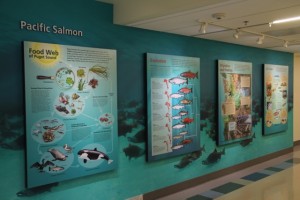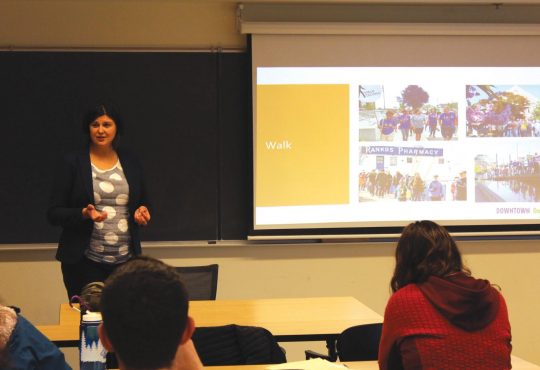Gears had been turning for a long while, but it was not until four years ago that a committee assembled to change the future of environmental policy and decision making (EPDM) at the University. Now, future students can open up their 2016-2017 bulletin and see EPDM listed as a major.
Before jumping into the planning process, the EPDM curriculum committee asked themselves a couple of questions.
“The first question was—is this something that will be valuable for students? The second big question was—can we pull it off?” international political economy professor and EPDM affiliate Emelie Peine said.
The committee worked hard to build a major with courses that would be useful for the students in future classes or post-college opportunities rather than a list of requirements that students simply checked off.
“We didn’t want to make promises we couldn’t keep,” EPDM associate professor Rachel DeMotts said.
Initially, some of the staff had different thoughts on how to execute the process. The main tension during the planning process was how the department could teach courses with a wide enough variety that would meet students’ interests, while still being realistic.
“The executive committee for environmental policy and decision making hosted workshops to gain feedback, researched what other schools are doing in this regard, interviewed faculty, analyzed student feedback, and considered a range of alternatives before putting forward this particular proposal for a major,” EPDM professor Daniel Sherman said. 
The committee deliberated on the proposal in the last academic year and approved it in the spring.
The minor will still be available and this change will not complicate the trajectory of students’ degrees.
However, with the change, EPDM will only be available as a secondary major and students will combine EPDM with any other major offered at the university. This means students will be double majoring.
“We really like the interdisciplinary aspect of the program. Students get trained in traditional programs, but can work across those boundaries,” DeMotts said.
The department hopes pairing EPDM with another major will lead to livelier classroom discussions that further explore the connections between EPDM and other majors.
The interdisciplinary nature of the major does not come from just the professors and course material, but from the students and the ways they contribute to creating a classroom community.
Another vital part of the major is the incorporation of an experiential requirement. Since students in EPDM end up doing a lot of field and community work after college, the faculty wanted them to have a similar experience before they graduate, whether that is an internship, research experience or volunteer work.
In addition, there is a series of 200-level, required courses that focus on tools and topics in environmental policy. The major will also have more electives from which students can choose.
As the major is implemented, the department hopes to receive more logistical and administrative support.
In the meantime, the department has started offering an increasing number of quarter unit courses.
This will help ease the professors into the process, removing the stress of designing a whole course-worth of material.
Students responded to the news with enthusiasm.
“I already have students in my classes that are saying ‘I’m trying to scheme plots to make sure I can get the major,’” DeMotts said.
The future of this major is an ongoing conversation; the professors are constantly reflecting on what they teach in order to smooth out all the bumps on the road and ensure that they will not be losing steam any time soon.


